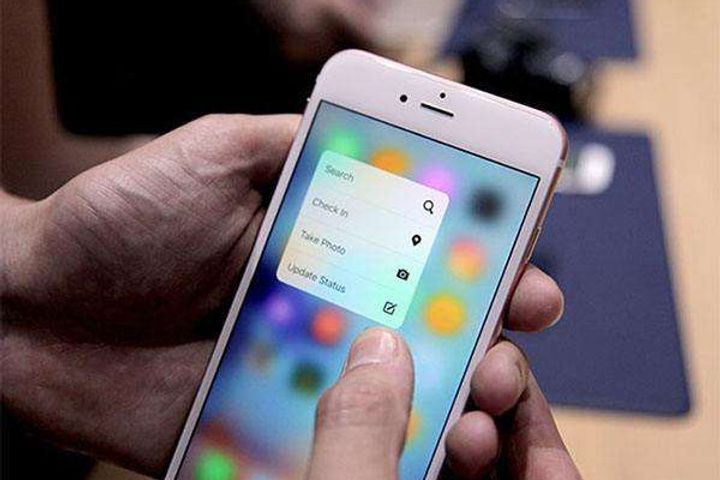 Huawei, Oppo Happy to Wait on Sidelines as Apple Looks to Commercialize Facial Recognition on Phones
Huawei, Oppo Happy to Wait on Sidelines as Apple Looks to Commercialize Facial Recognition on Phones(Yicai Global) Nov. 21 -- Face ID, the facial recognition feature on smartphone maker Apple Inc.'s [NASDAQ:AAPL] latest handset, the iPhone X, has stirred market wonder on how phones using Google Inc.'s Android operating system will use the technology, but Chinese makers Huawei Technologies Co. and Oppo Electronics Corp. are still questioning its actual usefulness.
"The 3D-sensing module market for mobile devices will maintain a compound annual growth rate of about 209 percent over the next three years," Cai Zhoushao, an analyst at Taiwan's Topology Research Institute, told Yicai Global. "The market will grow from USD1.5 billion this year to USD14 billion in 2020."
The total value of the 3D sensor market soared by 703 percent this year, fueled by the release of the new iPhone, he added. The next wave of explosive growth will come in 2019 when other 3D-sensing applications come to light and more manufacturers start using them.
"Judging by existing brands in the global market, as well as Intel Corp.'s [NASDAQ:INTC] RealSense and Google's Tango, Qualcomm Inc. [NASDAQ:QCOM] has partnered up with Himax Technologies Inc. [NASDAQ:HIMX] and Infineon Technologies AG [ETR:IFX] to get a piece of the pie," Cai said, adding that parts suppliers, such as Lumentum Holdings Inc. [NASDAQ:LITE], have also ramped up production.
Wingtech Technology Co., China's largest original design manufacturer for smartphones, plans to apply facial recognition in some mid-market models and has contacted suppliers to test 3D camera modules, Deng Anming, assistant chairman, confirmed. The ODM firm has partnerships with major brands, including Xiaomi Inc., Huawei and Lenovo Group Ltd. [HKG:0992].
Many domestic manufacturers have been testing new products to prepare for 3D applications on Android phones next year, Deng said. The iPhone X's 3D-sensing camera module has proved a success, and flagship Android devices must adopt the feature by next year, he added, otherwise the gap between the two operating systems will widen.
"Everyone is waiting for Qualcomm's fully-developed 3D solution now. Qualcomm develops the algorithms and system solution, while Himax creates core optical components," Deng added. The market suspects the San Diego-based telecommunications firm will begin commercial applications of its 3D camera solution early next year, so new models will be rolled out in the first half of 2018. On top of facial recognition phone unlocking, people will be able to use the feature to authorize payments.
However, a 3D vision module is very expensive at about USD20, so it's still too early to talk about mass adoption, he continued, adding that the technology hasn't matured enough yet.
Whether or not the explosive market growth will continue largely depends on the attitudes of major Android brands, but Oppo and Huawei are still wary about adopting the technology.
Oppo told Yicai Global that the 3D-sensing industry has not fully developed, and that of the two important aspects of facial recognition technology, key components and artificial intelligence algorithms, the latter is tough to acquire or control.
Fingerprint devices are already very portable, Yu Chengdong, chief executive of Huawei's Consumer Business Group, said at the release conference for its Mate 10 handset. Smartphone makers shouldn't use AI as a marketing gimmick, he added. "Huawei has already developed facial recognition technology, but it has not been commercialized because we don't think it can create great value."